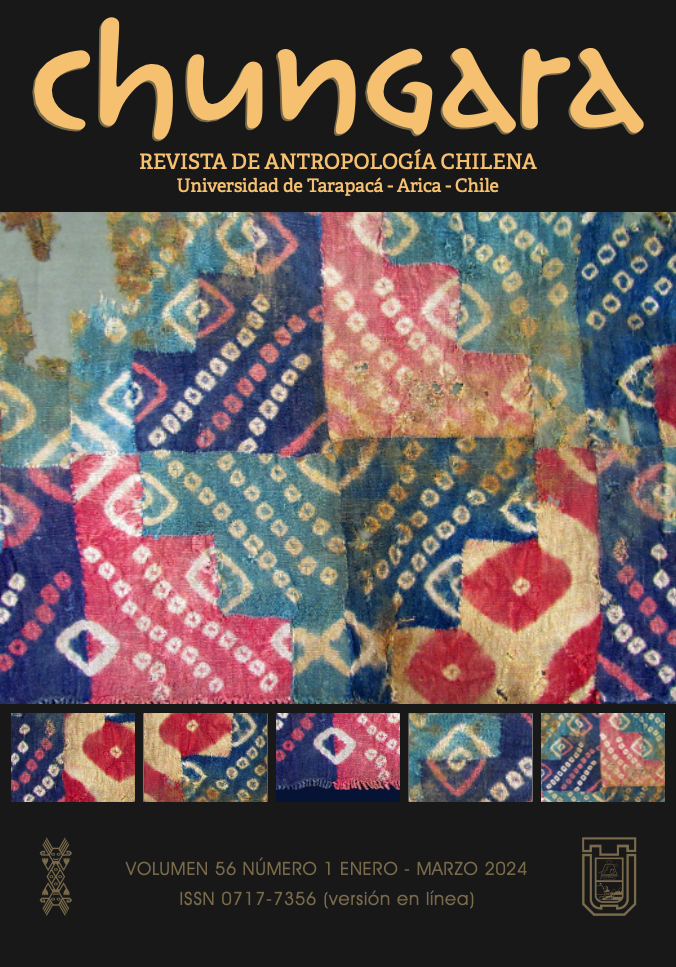20245604(en)/2 - Technological and Stylistic-Typological Analyses of the Coca Bags from the Yauca Valley in Southern Peru
TECHNOLOGICAL AND STYLISTIC-TYPOLOGICAL ANALYSES OF THE COCA BAGS FROM THE YAUCA VALLEY IN SOUTHERN PERU
ANÁLISIS TECNOLÓGICOS Y ESTILÍSTICO-TIPOLÓGICOS DE LAS BOLSAS DE COCA DEL VALLE DE YAUCA EN EL SUR DEL PERÚ
Jakub Wanot and Józef Szykulski
The paper discusses the results of technological and stylistic analyses of coca bags (chuspas; a term derived from the Quechua word ch’uspa, the Aymara equivalent is wallqipu) – richly decorated and elaborately woven textile pouches – from the San Francisco cemetery in the Yauca valley (Caravelí province). The research results revealed the applied weaving techniques of single S/Z- spun yarns and S(2z) yarns including warp-faced plain weave, complex warp-patterned weaving, complex cylindrical braiding, and the application of square braids. It also enabled us to determine the typology of forms and decorative motifs characteristic of these artefacts. A great variation in the weaving techniques, pouches’ shapes and locations of their openings, as well as in the forms and colours of decorative motifs were observed. We found that in most burials containing more than one chuspa bag, all pouches were decorated almost identically, and the differences concerned only details. A variety of chuspas woven in warp-faced plain weave, recorded in the contexts of San Francisco may suggest that this cemetery was a multi-ethnic burial area. Radiocarbon dating determined the chronology of these materials as the 15th and 16th centuries, i.e., the Late Horizon.







